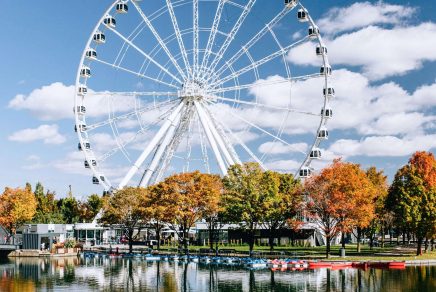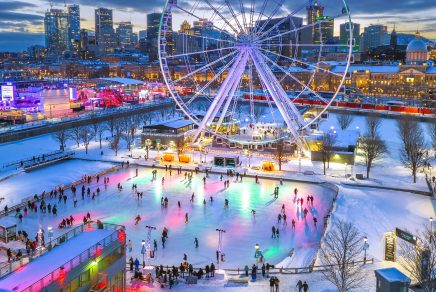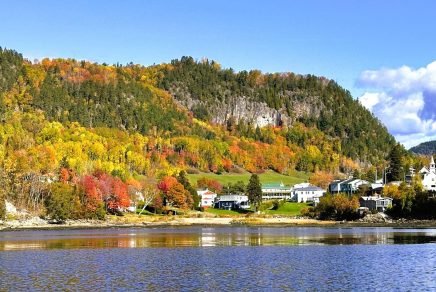Do you dream of discovering the natural beauty of winter in Canada, but don’t know where to start? Quebec, British Columbia, and Ontario are prime playgrounds for lovers of outdoor adventures, but good preparation is the key to a memorable experience.
From freezing temperatures to driving on snow-covered roads and choosing essential clothing for the cold winter activities, we’ve put together all the information you need to plan your off-season winter getaway.
Don’t worry about the weather: with a few good tips and the right equipment, your trip into the Canadian winter will be an exhilarating and truly unique adventure.
Is it worth visiting Canada in winter?
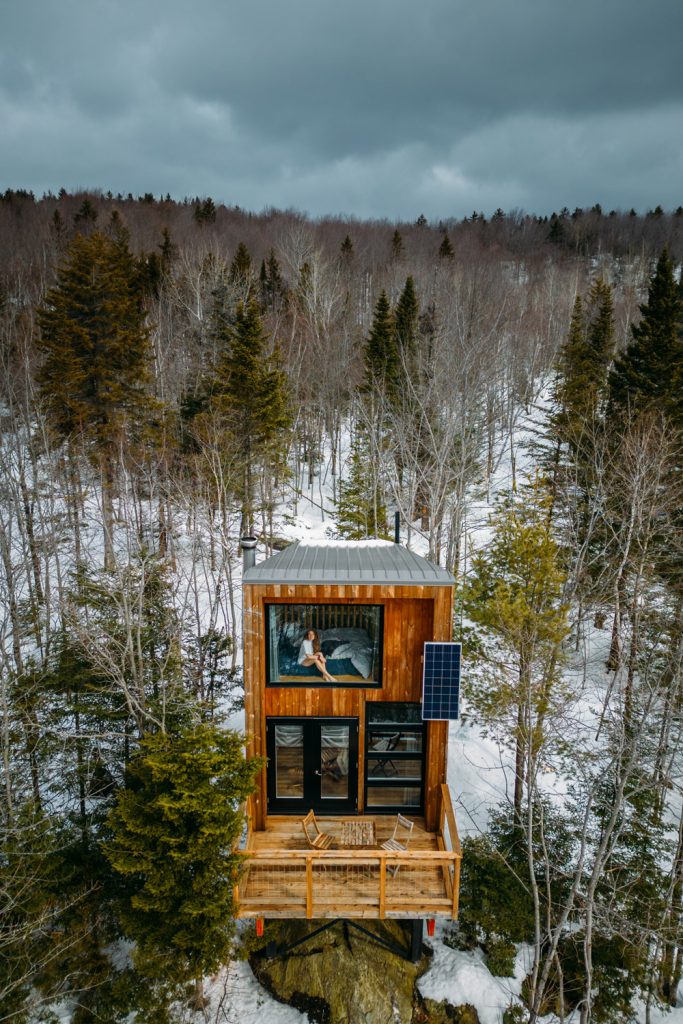
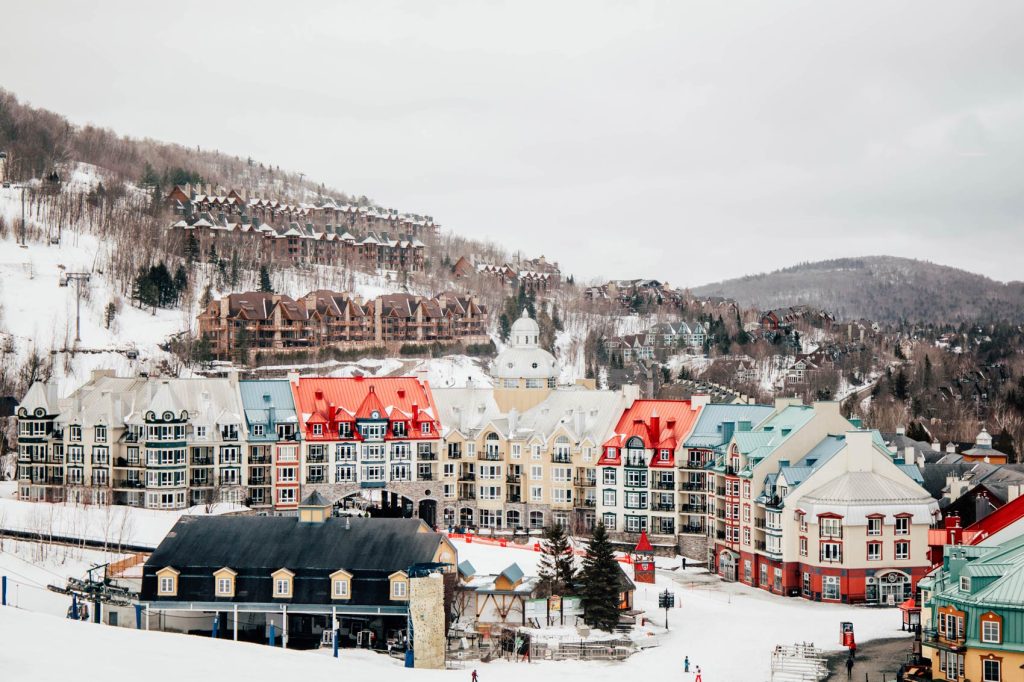
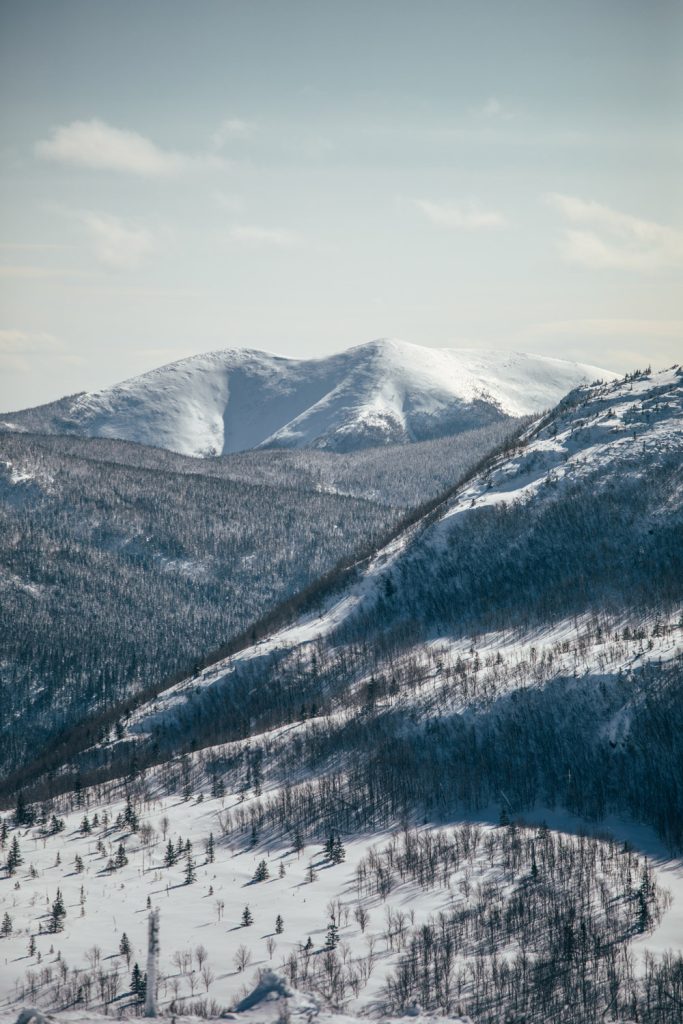
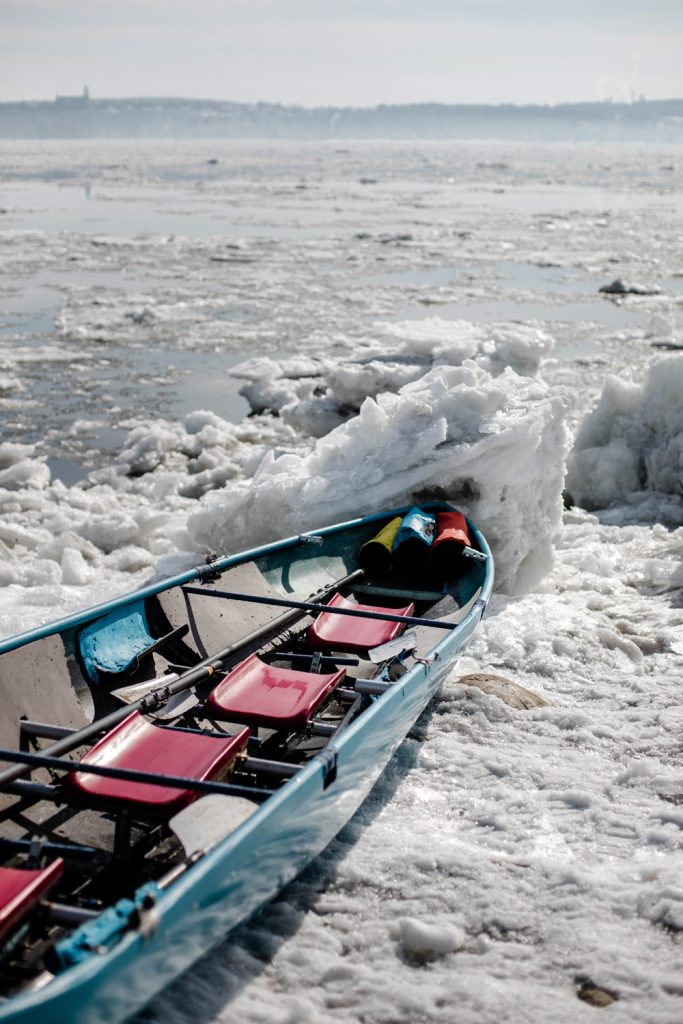
Let me tell you, there are so many truly magical advantages to visiting Canada in the winter months. For starters, you’ll be stepping right into a pristine winter wonderland!
Imagine endless forests and frozen lakes blanketed in snow—arguably even more enchanting than summer. The stillness and quiet of these scenes? Genuinely breathtaking!
And when the holidays arrive, the atmosphere becomes pure magic, with festive lights twinkling everywhere and events that are guaranteed to captivate everyone in your group—kids and adults alike.
What is the weather and temperatures like in Canada during winter?
Winter in Canada means temperatures typically range from -10°C to -20°C, but can be even lower in areas such as the Prairies and Far North. This is especially true in January and February, which are typically the coldest months.
On the west coast, in Vancouver, temperatures are milder, hovering between 5°C and 8°C, but there is plenty of rain. In contrast, cities like Montreal and Quebec often experience temperatures as low as -20°C, with occasional warm spells.
When is winter in Canada and how long does it last?
Officially, Canadian winter spans mid-November to late March, but snow arrival varies dramatically by region.
While the Yukon Territory sees flakes as soon as September, coastal Vancouver might wait until December. Temperate cities like Montreal and Toronto often start their snowy season in November and enjoy (or endure) the snow through March.
For the absolute best conditions for skiing and winter fun, February is the top choice—it is the coldest month, but nothing a good hot chocolate can’t fix!
Are winter vacations in Canada cheaper than in the summer?
Many travelers operate under the assumption that winter offers the cheapest time to travel. However, winter remains a popular tourist season in Canada, particularly because locals also take advantage of the amenities.
As such, winter excursions tend to be more expensive. Activities such as ice fishing, snowmobiling, or winter camping almost always necessitate expensive equipment rental or booking a tour package.
What should I wear in Canada to beat the winter climate?
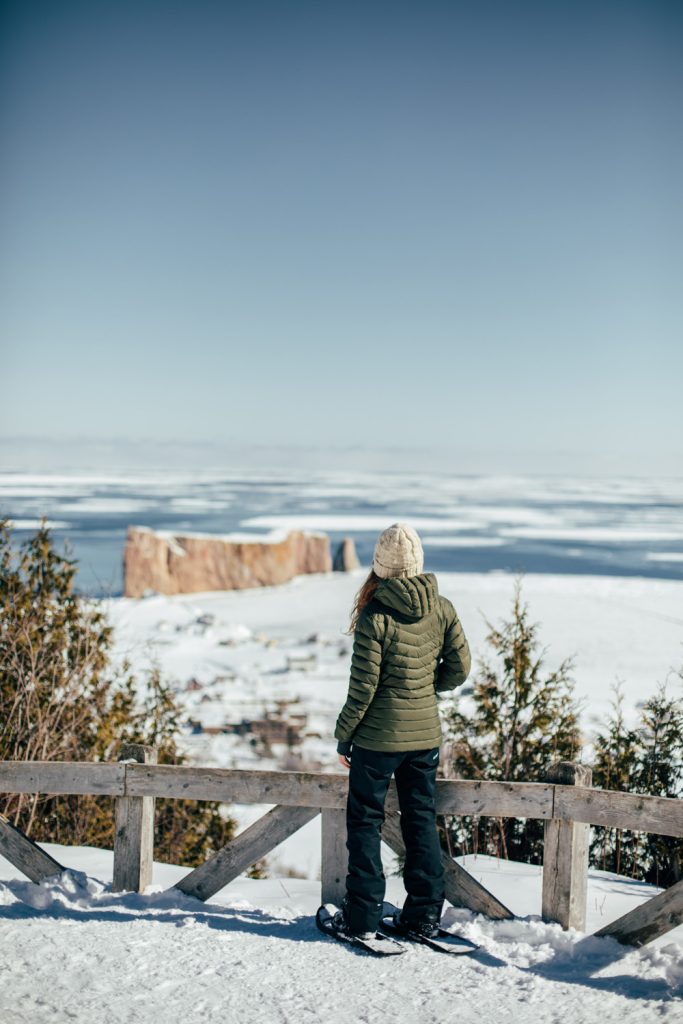
Cold temperatures shouldn’t put you off planning to spend winter in Canada. As the saying goes… there’s Don’t let the cold temperatures deter you from planning a winter trip to Canada! As the saying goes, “There’s no such thing as bad weather, only bad clothing.” To safely brave Canada’s frosty conditions, it is crucial to pack the right gear and focus on protecting your extremities (hands, head, and feet).
Safety note: Prolonged cold exposure increases the risk of frostbite. If you start to feel tingling or numbness, it’s time to get indoors!
- Outerwear: Pack a heavy, insulated winter coat to protect your top half from cold temperatures and snowfall.
- Layering system: Wear a three-layer system underneath your winter jacket:
- Waterproof outer layer: To block wind and moisture.
- Warm middle layer: Such as fleece or wool for insulation.
- Moisture-wicking base layer: Crucially, avoid cotton as it retains moisture and does not dry quickly.
- Bring ski pants or waterproof hiking pants. (for some specialized sports, like snowmobiling or ice canoeing, technical outerwear is often provided by the tour operator.)
- On particularly cold days, wear thermal leggings or long underwear beneath jeans for added warmth on your city outings.
Don’t forget gloves, a hat, and a scarf to protect you from the icy wind. Insulated, waterproof boots are also essential for walking in the snow and keeping your feet warm. And to avoid chapped skin, pack moisturiser, sun protection (as UV rays are reflected by the snow), and lip balm.
Driving in the winter in Canada

While Canadian roads are generally well-maintained in winter, driving definitely comes with a few extra challenges. Be prepared for sudden snowstorms, strong gusts of wind, reduced visibility, and of course, black ice.
A quick note on technique: Driving on snow and ice requires a lighter touch. Remember to accelerate gently, keep a much greater distance between cars, and always avoid sudden braking. But don’t worry—most major routes are regularly salted and access is nearly always cleared quickly.
Before you hit the road, make sure your rental car has an emergency kit, a flashlight, and a blanket in case of an unexpected delay. You’ll also need a snow brush to clear your car.
And here’s a crucial tip: In Canada, you must clear the snow from the entire top of your vehicle—not just the windows! It’s a legal requirement to ensure that snow doesn’t fly off and block another driver’s view.
Where are the best places to visit and activities in Canada in winter?
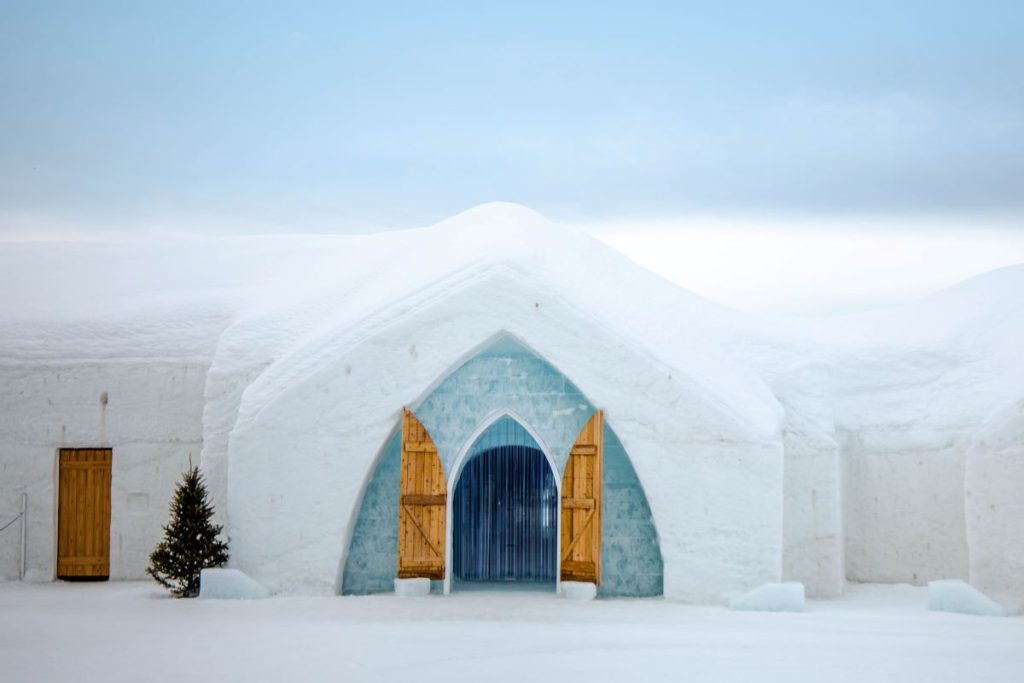
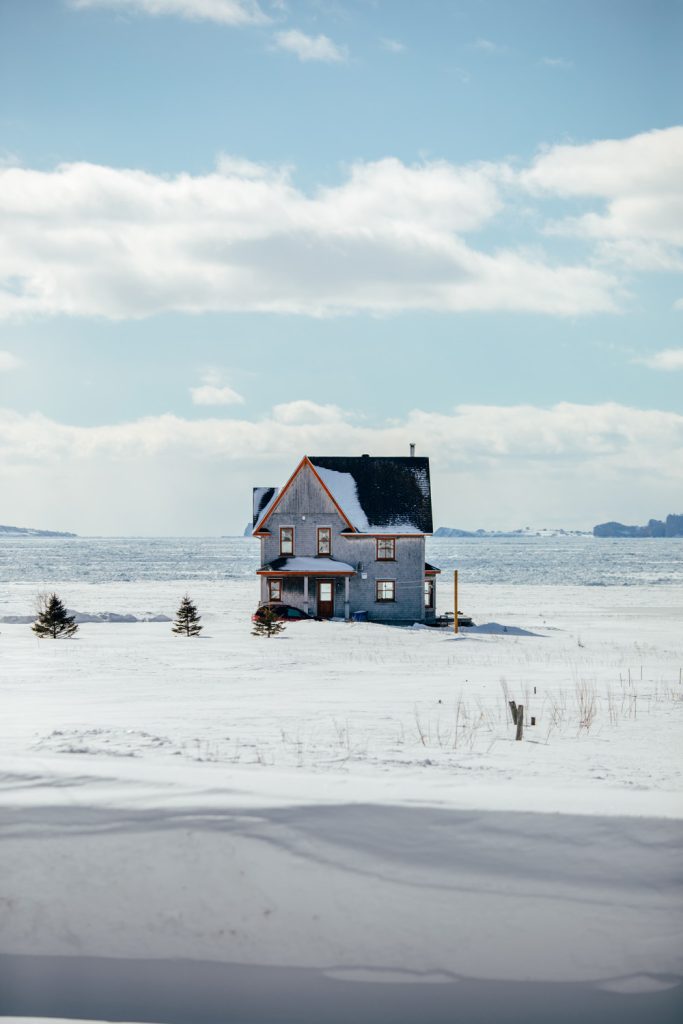
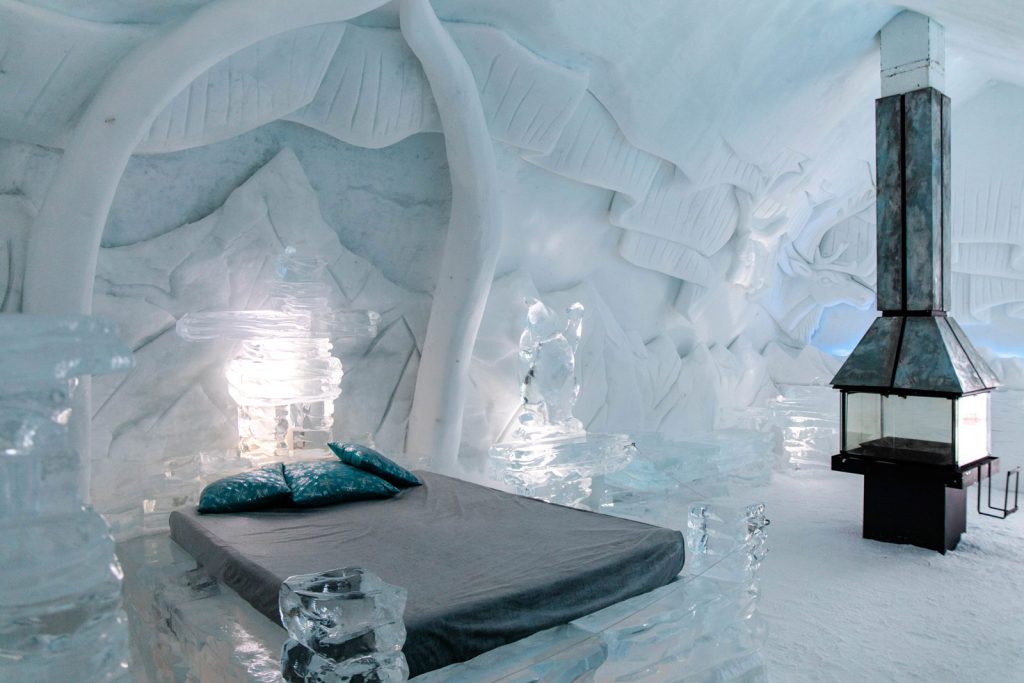
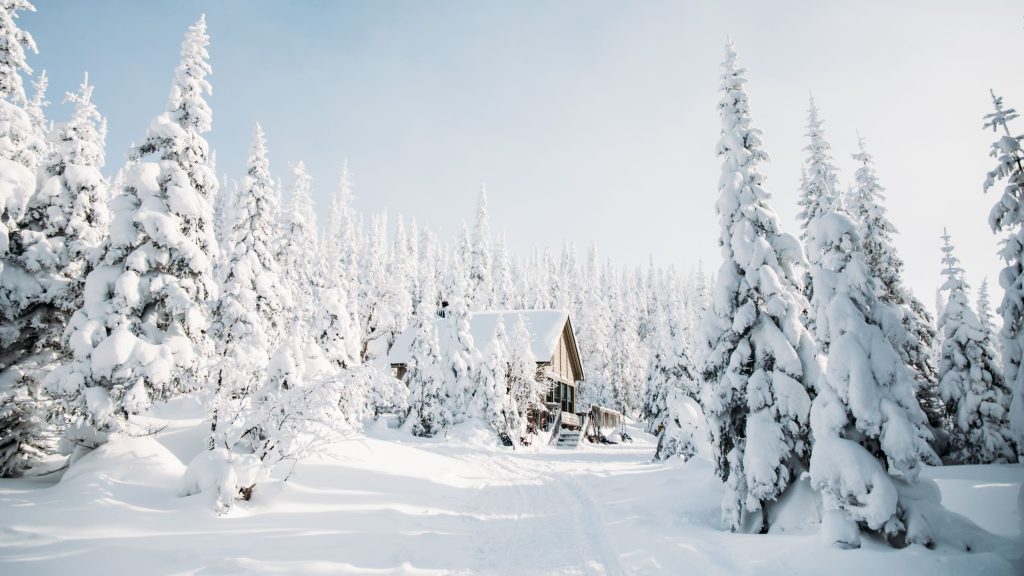
Remember that snowfall varies dramatically across the country. For example, the Saguenay region gets significantly more snow than southern Ontario! So, planning is key: tailor your itinerary around the specific winter activities you’re dreaming of—the snow conditions make all the difference to your Canadian adventure.
And here’s hoping for a bonus: if you’re lucky, you may even catch the breathtaking Northern Lights!
In Quebec
Snow sports enthusiasts can enjoy cross-country skiing or off-piste adventures in the Tremblant National Park or the Chic-Chocs. For a more relaxed experience, try snowshoeing, ice skating or ice fishing; there are plenty of readily accessible trails near Quebec City. For something a little more unique, try ice canoeing or tobogganing down the Dufferin Terrace by Chateau Frontenac during the world’s biggest winter festival, right in the heart of the cobblestone streets of a UNESCO World Heritage Site. And don’t forget downhill skiing at Le Massif, with the St. Lawrence River as your backdrop!
In Ontario
Experience the Rideau Canal skateway in Ottawa, the world’s largest outdoor ice skating rink. For nature lovers, Algonquin Park offers snowshoeing and cross-country skiing amid majestic snow-covered forests and frozen lakes. For the more adventurous, try dog sledding in Haliburton or ice fishing on Lake Nipissing. Blue Mountain Ski Resort also offers a variety of runs for all skill levels. Icy Niagara Falls is also a sight to behold!
In Western Canada
British Columbia and the Canadian Rockies in Western Canada are a skier’s paradise. With 13 ski resorts and peaks over 2,000 metres, it’s a haven for skiers, ice climbers and other winter sports visitors. From Vancouver to Jasper National Park to Banff… pretty much the winter wonderland postcard image you probably have of winter in Canada!
All photo credits: Hello Laroux


